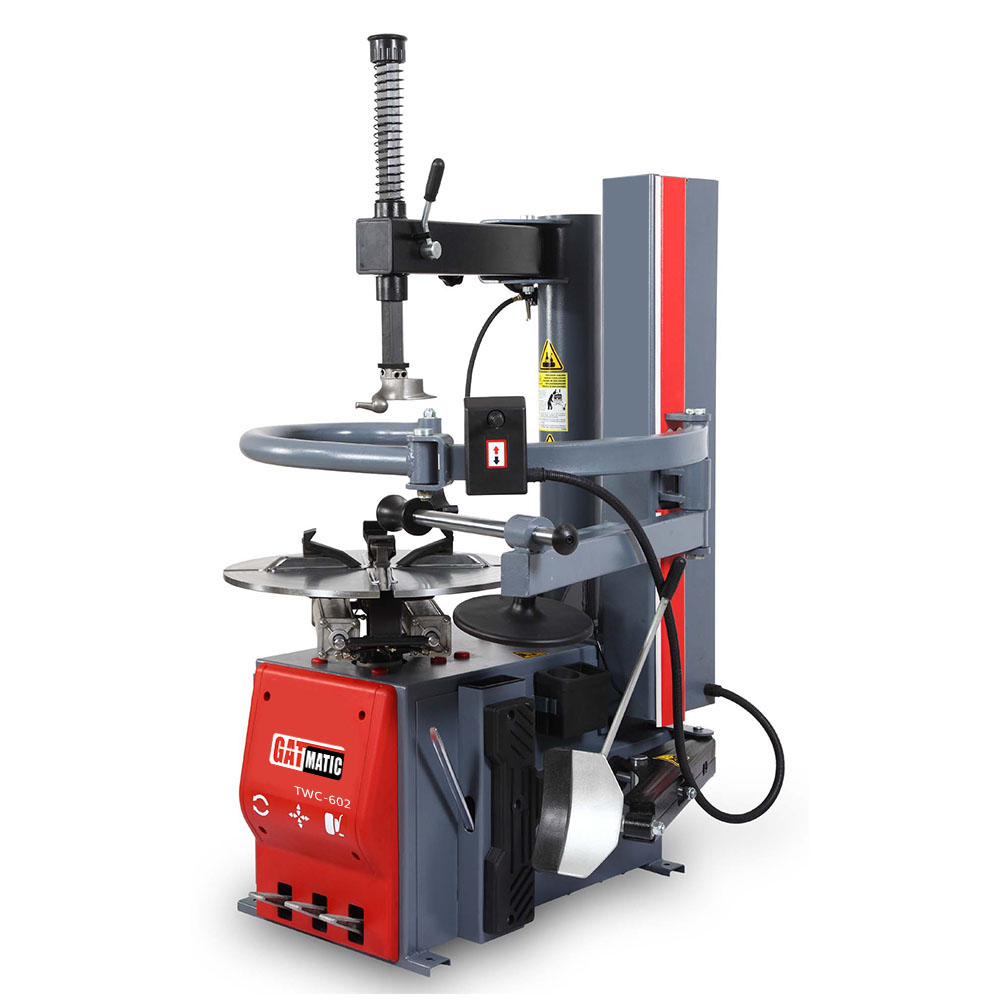What impact do advanced tire changers have on overall automotive industry standards?
Tire changing is a fundamental aspect of automotive maintenance, crucial for vehicle safety and performance. Over time, advancements in technology have revolutionized this process, with the introduction of advanced tire changers significantly influencing industry standards. This essay explores the impact of these innovations on efficiency, safety, skill requirements, and customer experience within the automotive sector.
I. Advanced Tire Changers: Definition and Features
Advanced tire changers refer to sophisticated equipment designed to streamline the process of replacing and servicing tires. These machines boast features such as automatic operation, compatibility with various tire sizes and types, and integration of technology like sensors and robotics. Unlike traditional methods that relied heavily on manual labor, advanced tire changers represent a shift towards efficiency and precision.
II. Impact on Automotive Industry Standards
1. One of the most notable impacts of advanced tire changers is increased efficiency and time savings. With automation and advanced features, these machines reduce labor requirements and significantly shorten turnaround times for tire changes. This efficiency not only benefits automotive service providers but also contributes to enhanced customer satisfaction by minimizing wait times.
2. Moreover, advanced tire changers improve safety and precision in tire servicing. They minimize the risk of damage to tires and rims, ensuring a consistent quality of tire mounting and balancing. This not only protects valuable assets (like expensive rims) but also enhances overall safety on the road by reducing the likelihood of tire-related accidents caused by improper installation or maintenance.
3. Furthermore, the introduction of advanced tire changers has implications for skill requirements and technician training within the automotive industry. As technology becomes more integrated into automotive maintenance processes, technicians are expected to possess a deeper understanding of these systems. This shift emphasizes the need for continuous training and upskilling to keep pace with evolving industry standards.
4. Customer experience is another area significantly influenced by advanced tire changers. Improved service quality, consistency, and reliability translate into higher customer satisfaction and increased trust in automotive services. Customers benefit from more efficient and safer tire servicing, reinforcing positive perceptions of the overall service provided by automotive workshops.
III. Challenges and Considerations
Despite their numerous advantages, advanced tire changers come with challenges. The initial investment and maintenance costs associated with acquiring and maintaining this equipment can be substantial. Additionally, ensuring compatibility and adaptability to evolving tire technology poses ongoing challenges for automotive service providers.
Moreover, environmental considerations, such as proper disposal of old tires and energy use during tire changing processes, require attention to minimize ecological impact. Addressing these challenges is crucial for sustainable practices within the automotive industry.
IV. Future Trends and Innovations
Looking ahead, future trends in tire changing technology are likely to integrate AI and IoT technologies further. This could lead to even greater efficiency, accuracy, and automation in tire servicing. Sustainability will also remain a key focus, with advancements in eco-friendly tire materials and recycling processes shaping industry practices.
The rise of autonomous vehicles presents an intriguing prospect for tire changing needs. As these vehicles become more prevalent, tire changing technologies may need to adapt to the unique requirements of self-driving cars, presenting new challenges and opportunities for innovation.
Conclusion
In conclusion, advanced tire changers have had a profound impact on automotive industry standards, driving improvements in efficiency, safety, skill requirements, and customer experience. While presenting challenges, these innovations continue to push the boundaries of what is possible in automotive maintenance. Looking forward, ongoing innovation and adaptation will be essential in shaping the future of tire changing practices and industry standards.
FAQs
1. What are advanced tire changers?
Advanced tire changers are sophisticated machines designed to automate and streamline the process of replacing and servicing tires. They often incorporate features like automatic operation, compatibility with various tire sizes and types, and integration of technology such as sensors and robotics.
2. How do advanced tire changers impact efficiency in automotive maintenance?
Advanced tire changers significantly improve efficiency by reducing labor requirements and shortening turnaround times for tire changes. This allows automotive service providers to handle more vehicles and improves overall productivity.
3. What safety benefits do advanced tire changers offer?
These machines minimize the risk of damage to tires and rims, ensuring precise tire mounting and balancing. This enhances vehicle safety by reducing the likelihood of tire-related accidents caused by improper installation or maintenance.
4. Do advanced tire changers require specialized skills to operate?
Yes, operating advanced tire changers may require technicians to have specific training and expertise in using the equipment effectively. As technology becomes more integrated into automotive maintenance, continuous skill development is essential.
5. How do advanced tire changers enhance the customer experience?
Advanced tire changers improve service quality and reliability, leading to higher customer satisfaction. Customers benefit from faster and more efficient tire servicing, reinforcing positive perceptions of automotive workshops.
6. What are the challenges associated with adopting advanced tire changers?
Challenges include the initial investment and maintenance costs of acquiring this equipment, as well as ensuring compatibility with evolving tire technology. Environmental considerations such as proper tire disposal and energy use also require attention.
Describe Your Needs In Detail!
We will carefully evaluate your needs and give professional solutions.




